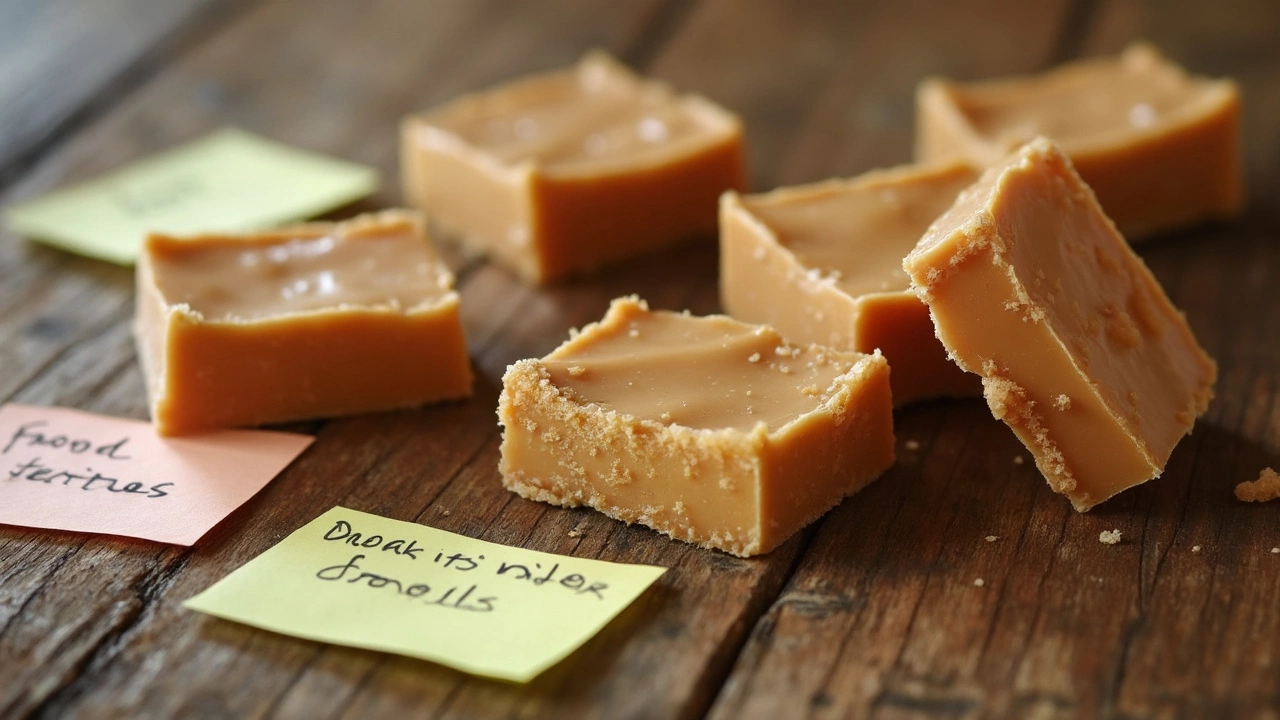How to Store Fudge So It Stays Soft, Creamy, and Tasty
If you’ve spent time making that perfect batch of fudge, you want it to stay perfect for as long as possible. The good news is that storing fudge isn’t rocket science – just a few simple steps will keep it smooth and fresh. Below you’ll find the easiest methods for room‑temperature, fridge, and freezer storage, plus quick fixes for common problems.
Room‑Temperature Storage: When It Works Best
Freshly cooled fudge can sit out at room temperature for up to three days if you keep it in the right environment. Choose a airtight container or a zip‑lock bag, then squeeze out as much air as you can. A chocolate‑scented kitchen will stay cool, but avoid direct sunlight or warm spots near the stove. The key is to keep the fudge from drying out, so an airtight wrap does most of the work.
If you need to keep the fudge longer than three days, move on to the fridge or freezer. Storing at room temperature beyond that point often leads to a grainy texture or a hard crust on the surface.
Refrigerator and Freezer: Extending Shelf Life
For longer storage, the fridge is your best friend. Place the fudge in an airtight container, then add a thin layer of parchment paper on top before sealing. This extra barrier stops moisture from getting in and keeps the fudge from absorbing fridge odors. In the refrigerator, fudge will stay good for about two weeks.
Want to keep fudge for months? Freeze it. Wrap each piece tightly in plastic wrap, then put the wrapped pieces in a freezer‑safe zip‑lock bag. When you’re ready to eat, move the fudge to the fridge for a few hours, then let it sit at room temperature for a short while. This gradual thaw prevents condensation from making the fudge soggy.
One tip many people forget: avoid stacking heavy items on top of the container. Pressure can crush the fudge and ruin its smooth texture.
If you notice a dry skin forming on the top, simply brush a little melted chocolate or buttercream over the surface. This seals in moisture and makes the fudge look as good as it tastes.
Finally, label your containers with the date you made the fudge. It’s easy to lose track, and knowing the exact age helps you decide when to eat or discard it.
With these storage tricks, your fudge will stay soft, creamy, and ready for a quick bite anytime you want. No more crumbly, stale leftovers – just perfect, melt‑in‑your‑mouth fudge whenever the mood strikes.

Recognize Spoiled Fudge: Signs Your Fudge Has Gone Bad
Wondering if your fudge is still good? Get reliable tips, visual clues, weird smells, and expert ways to spot spoiled fudge before you take a bite.
View More




